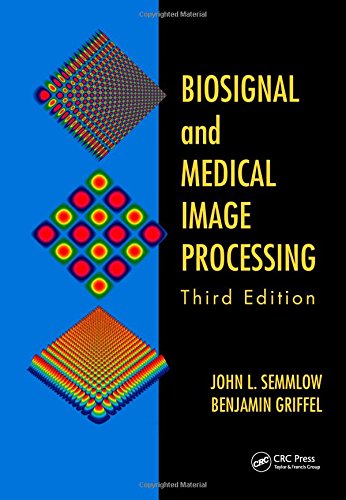

Most ebook files are in PDF format, so you can easily read them using various software such as Foxit Reader or directly on the Google Chrome browser.
Some ebook files are released by publishers in other formats such as .awz, .mobi, .epub, .fb2, etc. You may need to install specific software to read these formats on mobile/PC, such as Calibre.
Please read the tutorial at this link: https://ebookbell.com/faq
We offer FREE conversion to the popular formats you request; however, this may take some time. Therefore, right after payment, please email us, and we will try to provide the service as quickly as possible.
For some exceptional file formats or broken links (if any), please refrain from opening any disputes. Instead, email us first, and we will try to assist within a maximum of 6 hours.
EbookBell Team

4.3
58 reviewsWritten specifically for biomedical engineers, Biosignal and Medical Image Processing, Third Edition provides a complete set of signal and image processing tools, including diagnostic decision-making tools, and classification methods. Thoroughly revised and updated, it supplies important new material on nonlinear methods for describing and classifying signals, including entropy-based methods and scaling methods. A full set of PowerPoint slides covering the material in each chapter and problem solutions is available to instructors for download.
See What’s New in the Third Edition:
The text provides a general understanding of image processing sufficient to allow intelligent application of the concepts, including a description of the underlying mathematical principals when needed. Throughout this textbook, signal and image processing concepts are implemented using the MATLAB® software package and several of its toolboxes.
The challenge of covering a broad range of topics at a useful, working depth is motivated by current trends in biomedical engineering education, particularly at the graduate level where a comprehensive education must be attained with a minimum number of courses. This has led to the development of "core" courses to be taken by all students. This text was written for just such a core course. It is also suitable for an upper-level undergraduate course and would also be of value for students in other disciplines that would benefit from a working knowledge of signal and image processing.